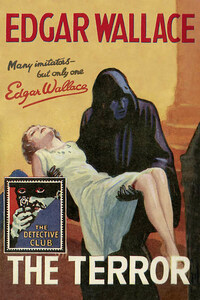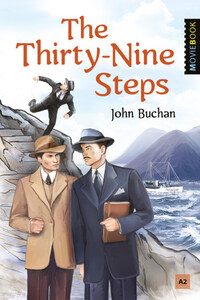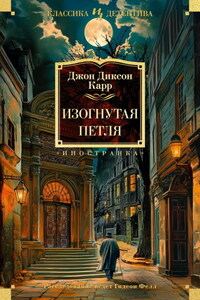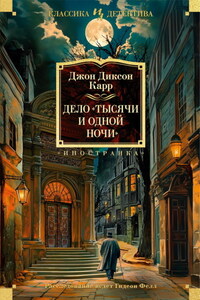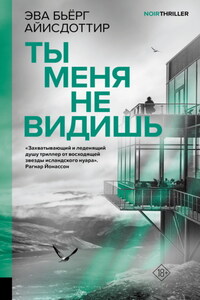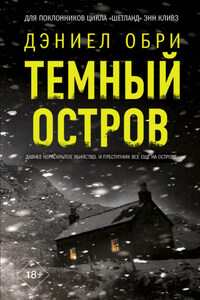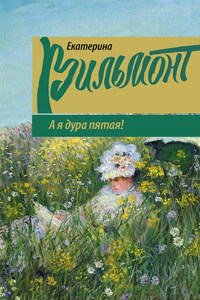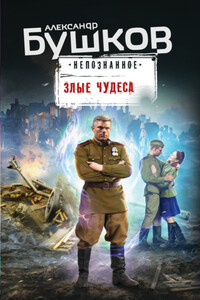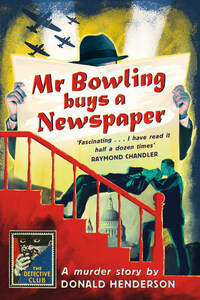Published by COLLINS CRIME CLUB
An imprint of HarperCollinsPublishers Ltd
1 London Bridge Street
London SE1 9GF
www.harpercollins.co.uk
The Terror first published in Great Britain by The Detective Story Club Ltd for Wm Collins Sons & Co. Ltd 1929
White Face first published in Great Britain by Hodder & Stoughton 1930
Introduction © Martin Edwards 2016
Cover design © HarperCollinsPublishers Ltd 1929, 2016
A catalogue copy of this book is available from the British Library.
This novel is entirely a work of fiction. The names, characters and incidents portrayed in it are the work of the author’s imagination. Any resemblance to actual persons, living or dead, events or localities is entirely coincidental.
All rights reserved under International and Pan-American Copyright Conventions. By payment of the required fees, you have been granted the non-exclusive, non-transferable right to access and read the text of this e-book on screen. No part of this text may be reproduced, transmitted, down-loaded, decompiled, reverse engineered, or stored in or introduced into any information storage and retrieval system, in any form or by any means, whether electronic or mechanical, now known or hereinafter invented, without the express written permission of HarperCollins.
Source ISBN: 9780008137571
Ebook Edition © February 2016 ISBN: 9780008137588
Version: 2015-11-24
IN July 1929, Edgar Wallace’s The Terror headed the list of the first half dozen titles published by Collins in their Detective Story Club, the only one which was not a reissue. This lively, melodramatic thriller does not outstay its welcome—its brevity is such that some bibliographies describe it as a short story, although in fact it is a novella with an unusual history. On its first appearance, The Terror was published on its own, its modest length bulked out to 192 pages thanks to the cunning use of a conspicuously large type-face. Rather than resort to the same tactic to achieve its page count, this reissued edition includes the bonus of a second Wallace book published in the following year, and White Face is rather more than twice as long as The Terror.
An enthusiastic preface to the Detective Story Club edition hailed The Terror as ‘a masterpiece of its kind’, and, nearly ninety years later, there is no denying that it displays the characteristics that made Edgar Wallace a literary phenomenon. Margaret Lane, his first major biographer, summarised the lurid plot ingredients: ‘an old mysterious house built over hidden dungeons…hidden treasure…the hooded figure appearing on moonlit nights and leaving a trail of murder in its wake, the shrieking heroine trapped in the dungeon with a sinister madman’. Add to that both a master criminal and ace detective masquerading as someone else, and you have a classic slice of Twenties popular culture.
Just like the early whodunits of Agatha Christie and Dorothy L. Sayers, The Terror belongs to an age when people craved escapism at least as much as they had ever done. Memories of the First World War, which in one way or another touched almost every family in the land, were still raw. Edgar Wallace’s thrillers met a particular need, and met it better than any of his peers. He was, G. K. Chesterton said, ‘a huge furnace and factory of fiction’, and the popularity of his books made him a fortune, which he spent as quickly as he earned it.
An intriguing facet of The Terror is the story’s genesis in the theatre. The idea for the story came during the course of an extravagant holiday in Caux in late 1926. Wallace met Bertie Meyer, a theatrical manager, who suggested that Wallace write a play for two prominent actors, Mary Glynne and Dennis Nielsen-Terry. It took Wallace a mere ‘five nervous and preoccupied days’, as Margaret Lane perhaps euphemistically described them, to rise to the challenge. Even more impressive was the result of his frantic labours: the play ran for almost seven months at the Lyceum, and having cost just £1,000 to stage, made £35,000 in profits.
Success in the theatre led to The Terror being filmed; it became Warner Brothers’ second ‘all-talking picture’ before Wallace produced this book version. A more notable screen adaptation came in 1938; the cast included such luminaries as Alastair Sim, in characteristic scene-stealing form as Soapy Marks, and Bernard Lee, best remembered today as ‘M’ in Dr No and ten subsequent James Bond films, as Freddy Fane.
White Face appears to be the only other example of an original book that Wallace based on an earlier stage play,
